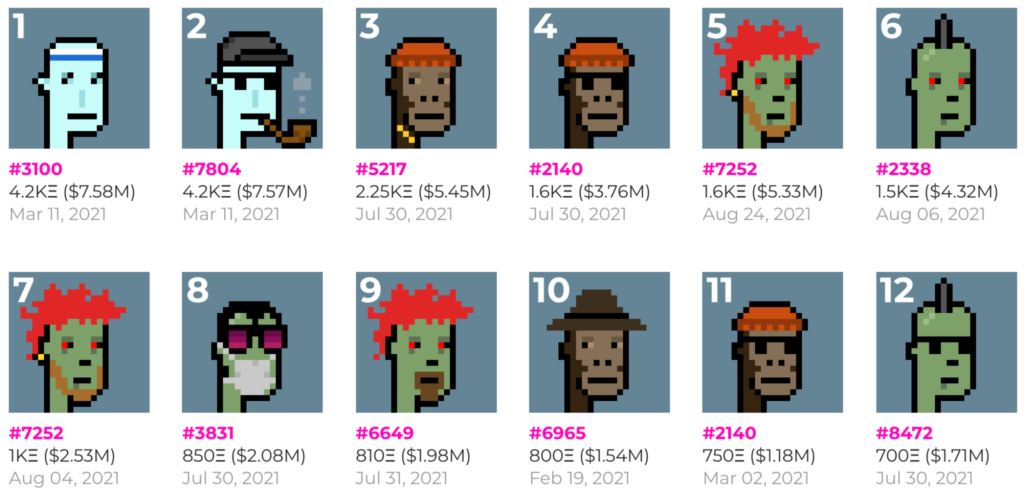Bolivia, one of Latin America’s smaller economies, is witnessing a significant surge in cryptocurrency adoption. The Central Bank of Bolivia reported a 112% increase in digital asset purchase and sale operations following the lifting of a blanket ban that previously prohibited banks and payment institutions from facilitating crypto transactions.
In a press release dated November 25, the Central Bank highlighted how this trend has “dynamized the national payment system,” reflecting a shift toward greater financial inclusion and innovation.
Key Stats on Bolivia’s Crypto Growth
Rising User Base and Transaction Volumes
Data from the Central Bank reveals that over 252,000 Bolivians now hold digital assets, conducting trades across various platforms. From July to October 2024, transaction volumes surpassed $75 million—a significant jump from the $46.4 million recorded during the first half of the year.
Institutional Involvement
The country has also seen an increase in the number of institutions offering crypto services, with nine companies now operating in this space. This growth aligns with Bolivia’s evolving regulatory landscape, which encourages safe and regulated crypto interactions.
Shifting Transaction Trends
According to Edwin Rojas Ulo, president of the Central Bank of Bolivia, the majority of crypto transactions involve:
- Transfers to national banks
- Transfers abroad
- Online purchases
Rojas Ulo also noted the growing role of stablecoins, such as USDT, in facilitating dollar-equivalent transactions. He emphasized that stablecoins offer functionality similar to trading in North American currency, enabling Bolivians to navigate the country’s dollar scarcity.
Stablecoins Addressing Dollar Shortages
Bolivia’s ongoing dollar shortage has accelerated the adoption of stablecoin-based services. In October, Bisa Bank became the first Bolivian financial institution to offer trading and custody services for Tether’s USDT.
Yvette Espinoza, president of Bolivia’s banking system watchdog ASFI, stated that such services reduce the risks associated with unregulated crypto interactions. Stablecoins like USDT provide a safe alternative for customers seeking to protect their assets amid economic uncertainty.
A New Chapter for Crypto in Bolivia
Bolivia’s embrace of cryptocurrency reflects a broader trend across Latin America, where digital assets are increasingly seen as tools for financial empowerment and economic resilience. With institutional support growing and regulatory frameworks evolving, the nation is positioning itself as a rising player in the global crypto landscape.
As Bolivia continues to integrate crypto into its financial systems, the next few months could pave the way for further innovation, potentially making the country a model for emerging markets seeking to harness the power of blockchain technology.


